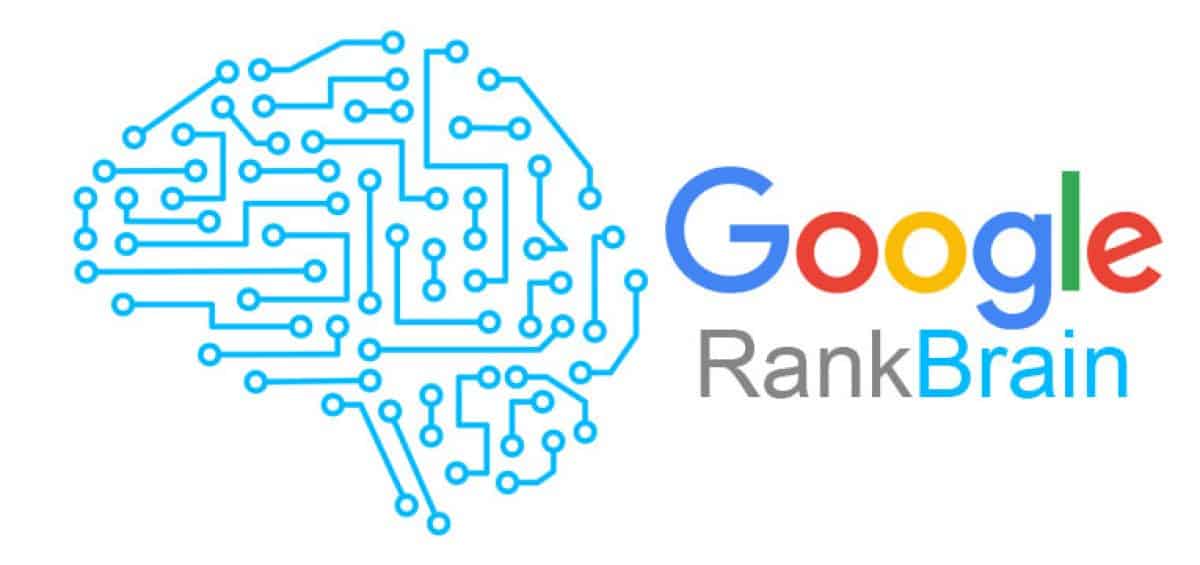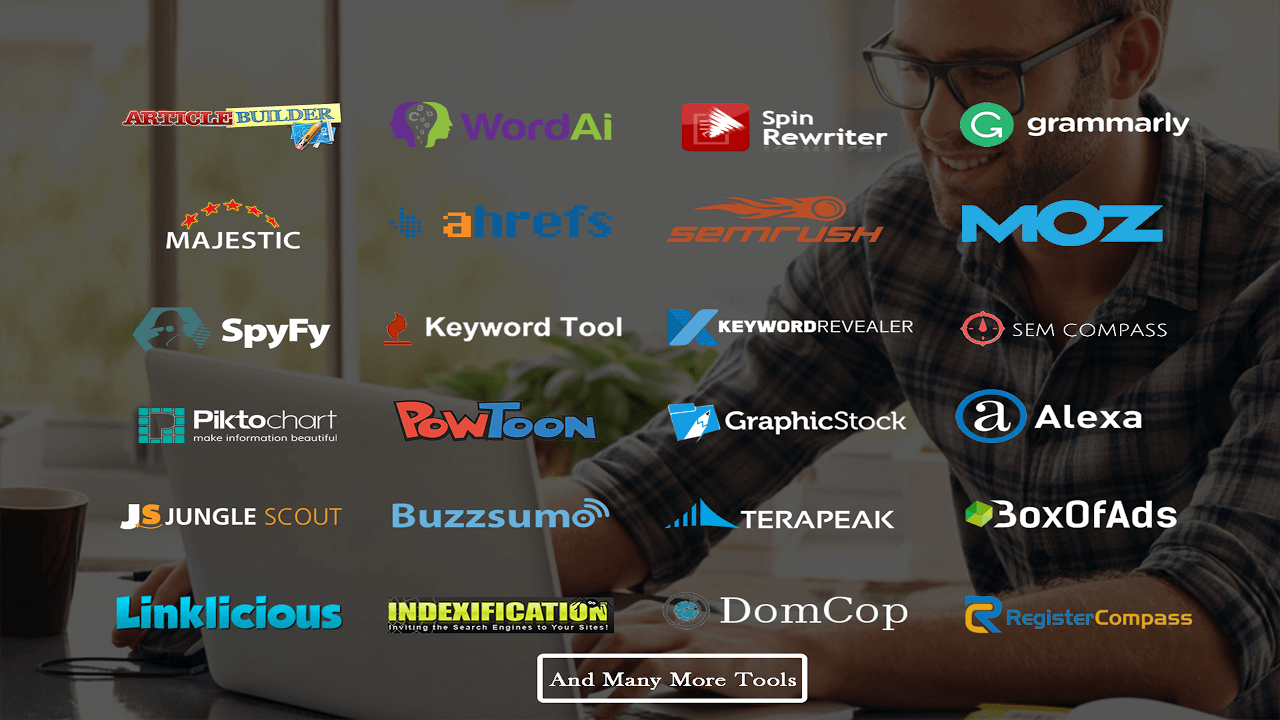Given that RankBrain is one of the most important ranking signals ➡ we can realize that artificial intelligence has revolutionized the way the search engine understands the queries and intentions behind them.
Google and other search engines are getting smarter and faster in displaying results. SEO consulting can no longer be based on traditional marketing strategies, which is why they must keep up with changes in the field.
In this direction, we start by addressing one of the most important components of the Google algorithm, responsible for ranking websites in search pages.
Google uses over 200 search signals to determine websites and content ranking.
Thus, in order for Google to display the most appropriate results for the search you perform, it uses an artificial intelligence tool that has the role of interpreting the keywords and providing an answer as close as possible to your query.
When was RankBrain introduced?
Before RankBrain, Google used the basic algorithm to determine what results to display for a given search. Google didn’t know the user’s intent, so the search engine tried to guess.
RankBrain started operating in the spring of 2015, although the official announcement was made on October 26, 2015.
What is Rank Brain and how does it work?
RankBrain is a system by which Google understands the user’s intent in a search query. RankBrain uses so-called “entities,” which refer to aspects that Google knows about people, places, and things.
Using a mathematical algorithm, it divides entities into specific word vectors, which point to a specific SERP.
RankBrain has two main roles
- To understand search queries (by deciphering the keywords entered by users in the search engine)
Before RankBrain, Google used to scan pages to see if they contain at least one keyword term entered in the search engine.
- Example: If a person searches for the phrase “samsung white smart TV”, Google searches for pages that contain one of the terms in the phrase (“tv”, “smart”, “samsung”, “white”).
Today, Rankbrain understands exactly what you are looking for and provides extremely accurate results.
It has gone beyond simply matching keywords, turning the keyword into a concept and trying to find pages that address it.
- To measure how people interact with the results (the level at which the user is satisfied with their search results)
- RankBrain uses a set of UX signals to measure satisfaction.
- The stages of this process are:
- The user writes the keyword in the search engine;
- RankBrain turns the keyword into a concept;
- Google displays a set of results for that concept, which RankBrain considers useful for the user.
- Has the page solved the user problem?
- If many people like a certain page in the results, Google will give that page a ranking boost;
- If people didn’t like a certain page, then RankBrain will give up that page by replacing it with another page. Next time someone searches for that keyword (or a similar term), RankBrain will deliver another result.
Is Rank Brain a Google Ranking sub-algorithm?
Released as a component of the basic algorithm, RankBrain is the name given by Google to a machine learning system, based on the recognition of the user’s intention, for processing search results.
Hummingbird is a general Google search algorithm, made up of many different parts (which are responsible for certain tasks).
RankBrain operates under Hummingbird and is responsible for processing unique searches.
In short, Rankbrain has the ability to modify the algorithm itself.
Depending on the keyword, RankBrain will increase / decrease:
- The importance of backlinks;
- The “freshness” of the content;
- Length of content;
- Domain authority.
RankBrain pays special attention to how you interact with search results. Specifically, it looks at user experience signals (UX signals), among which we mention:
- The time spent on the website page after the user has accessed a result (dwell time);
- The bounce rate of a page without the user performing an action (bounce rate);
- The moments when users visit different results in order to find a result relevant to the query (Pogo sticking);
- Percentage of users who click on an organic result (Organic CTR);
- Search intent, so on.
How do we choose our keywords in the context of Rank Brain?
Depending on the skills of SEO specialists, RankBrain can cause a minor / major change in their theories and practices.
Although through this sub-algorithm, Google understands the intent behind a keyword, traditional keyword research remains just as important.
This must be relevant to RankBrain and, by default, to the user.
Therefore, it is recommended:
- Avoid using keywords that are too long – they are outdated, and optimizing them no longer makes sense.
- Medium keyword optimization – average keywords are intermediate terms, with a higher search volume, but lacking in competitiveness. Optimizing the page around an average keyword will cause RankBrain to automatically rank the page for that term and other similar keywords.
What are the SEO strategies for maintaining the top positions in the results page?
For the SEO optimization process, this new sub-algorithm translates into increased attention to the following components:
- 1. Optimizing metatitles and metadescriptions for CTR – the methods by which you can cause users to click on your result are:
- Adding emojis to title tags – studies show that there is a correlation between titles with a high level of emotion and shares on social media platforms.
- Adding round / square brackets at the end of metatitles – adding clarifications in parentheses at the end of titles, causes the user to see what the link offers, even before accessing it.
- Using numbers in titles – numbers improve CTRs.
- Optimization of meta-descriptions for CTR – descriptive tags that generate results: they transmit emotion; they say why users should click on that result; they contain words and phrases used in paid ads; they include the targeted keyword.
- Content Optimization for Bouncing Rate and Dwell Time – Google uses these signals to rank higher on the results page. To reduce the bounce rate and stimulate the time spent on the page, it is recommended:
- Use of short introductions (5-10 sentences, maximum) – short introductions are where 90% of your site readers decide whether to continue studying the material or leave the page.
- Posting long, in-depth content – longer content will cause users to spend more time on the page.
- Divide content into smaller pieces of text – use subtitles to divide the text block into smaller, easy-to-read and digest parts.
- Other RankBrain Optimization Strategies
- Improving brand awareness and CTR – if the user knows your brand, he is more inclined to access the site in search results. Brand awareness can increase CTR by up to 342%.
Increasing brand awareness can be achieved by:
- Facebook and / or Google ads – these categories of ads have the ability to put the brand exactly in front of current or potential buyers, who will be directed to the pages of your site;
- Creating and constantly distributing newsletters – sending a newsletter via email is a marketing tactic that maintains engagement with customers / users. Relevant e-mail content can cause the audience to access the website, improving search engine rankings.
- Creating a “Content Blitz” – the concept refers to the frequent posting of several types of content in a short period of time. This strategy is much stronger than the rare posting of articles.
- Refreshing poor quality pages by adding valuable content – if your site has pages that aren’t properly optimized, go back to them and update them for RankBrain. In this way, the algorithm will give the site a serious boost in the rankings.
- Use LSI Keywords to Fill “Content Gaps” – LSI keywords are words and phrases related to the main topic of your site’s content.
LSI keywords refer to:
- Backlinks;
- Domain authority;
- Approaching users via e-mail;
- Anchor text.
They give the RankBrain algorithm the context it needs to fully understand the content on the pages.
When RankBrain sees that the pages of the website have content that includes these elements, it considers that the pages are related to link building, which determines the ranking for the keywords related to that topic.
You can discover LSI keywords with the Watson tool for understanding natural language (this tool analyzes the content you provide for concepts, entities, and categories).
Why is Rank Brain Important?
RankBrain is important not only for what it is, but also for what it means.
In essence, the purpose of RankBrain is to provide the user with the best results in the shortest time.
Although RankBrain was developed to focus on completely unique queries seen daily, this component of the algorithm has now become a critical part of organic search.
According to specialists, removing the program would prevent the user experience so much that it would be the equivalent of a failure of not indexing half of the pages on Wikipedia.
Conclusions
Undoubtedly, artificial intelligence is becoming increasingly important in understanding users’ motivations, as well as in providing results relevant to their needs and desires.
As RankBrain is constantly learning and changing, it is important to implement a strategy that focuses on targeting relevant content to the target audience, keeping the content consistent with search intentions, constantly updating information, and adapting the content to generate conversations.










